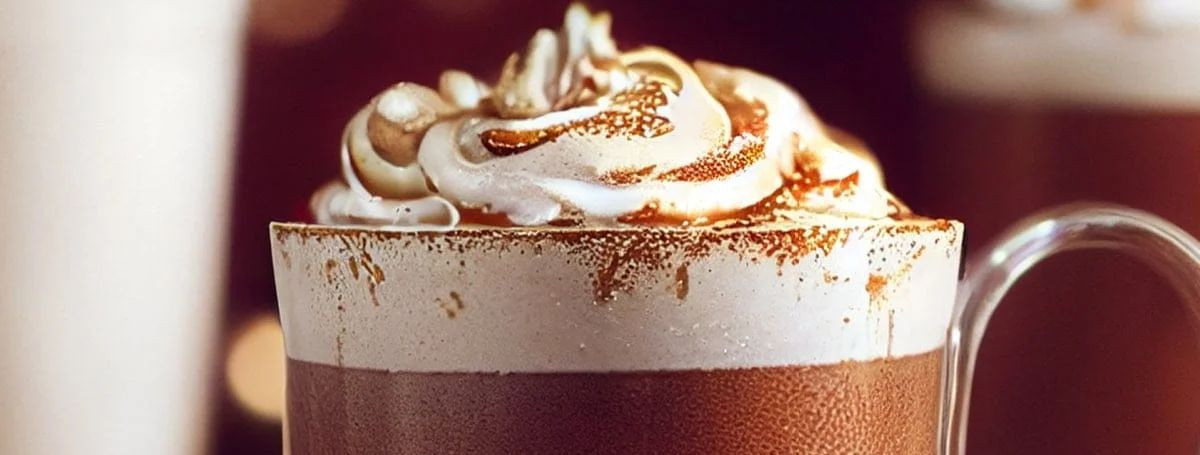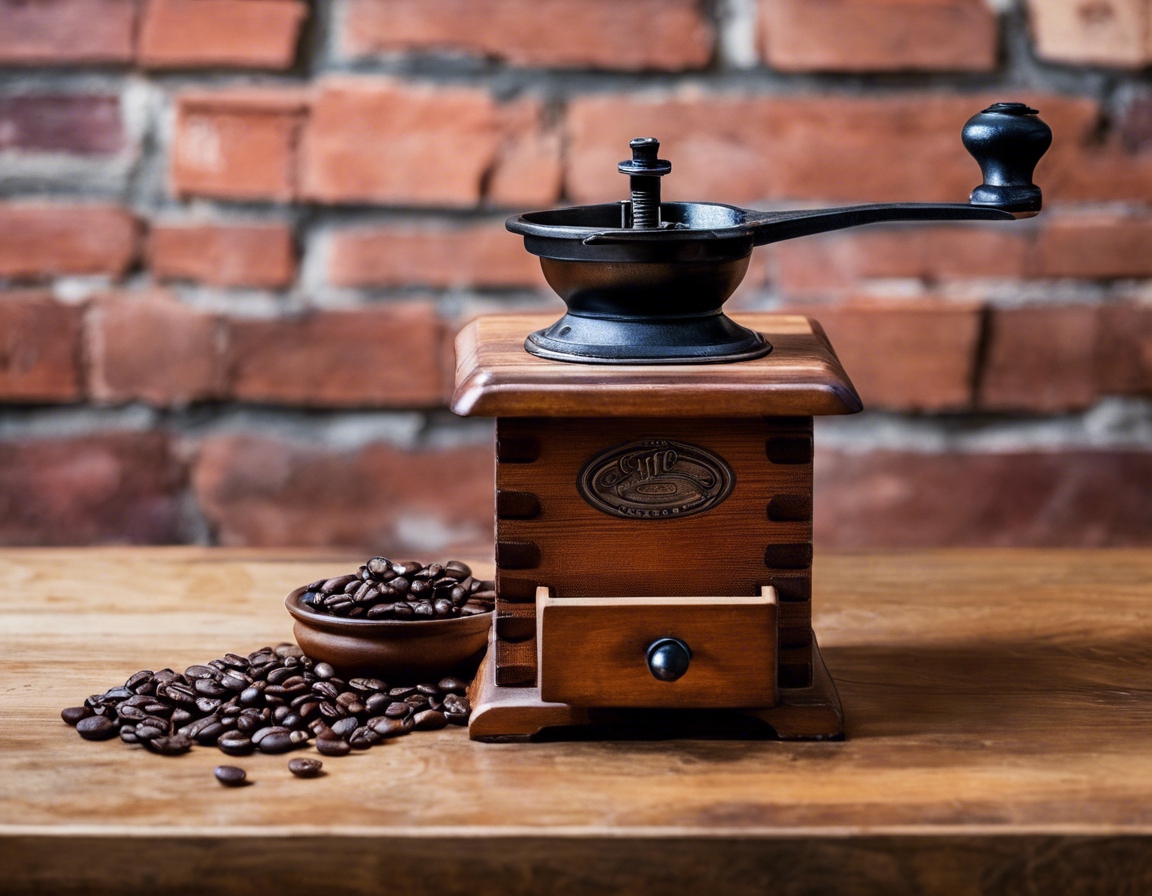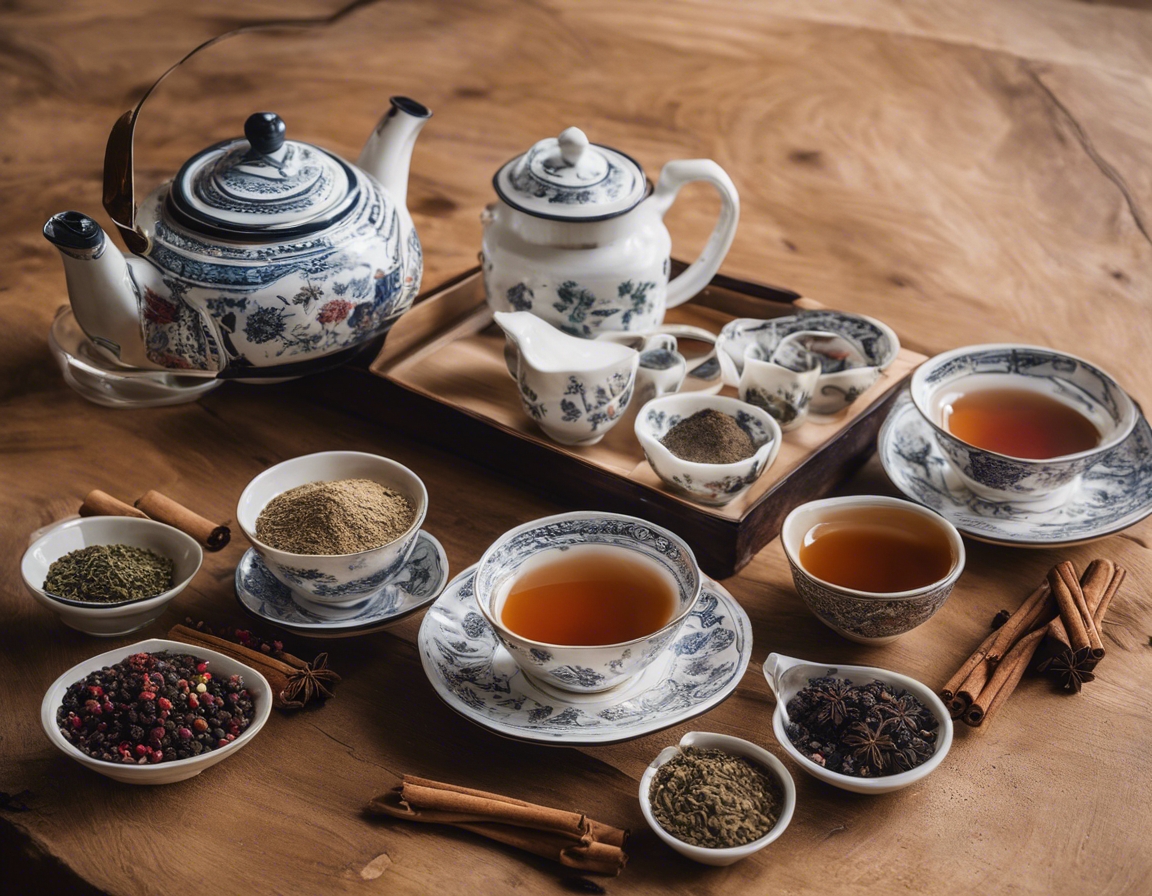The journey of coffee: from bean to cup
Coffee is more than just a beverage; it's a global phenomenon that touches millions of lives, from farmers to consumers. It's the world's second most traded commodity, shaping economies and cultures around the globe.
Arabica and Robusta are the two primary species of coffee consumed worldwide. Arabica is known for its smooth, complex flavor, while Robusta is more robust and caffeine-rich. Within these species, there are numerous varieties, each with unique characteristics influenced by terroir.
The Birth of a Coffee Bean
Coffee beans begin their journey as seeds planted in rich, fertile soil, often in shaded conditions. The coffee plant requires a specific climate to flourish, typically found in the 'Bean Belt' regions near the equator. Harvesting is done either by hand-picking, which ensures only ripe cherries are collected, or by strip-picking or mechanical methods for efficiency.
Once harvested, coffee cherries undergo processing to extract the beans. The two main methods are dry (natural) processing, which involves sun-drying the cherries, and wet (washed) processing, which removes the fruit's pulp before drying the beans. Each method imparts distinct flavors to the coffee.
Roasting: The Flavor Alchemy
Roasting transforms green coffee beans into the aromatic brown beans we're familiar with. The process involves a delicate balance of time and temperature, causing chemical reactions that develop the bean's flavor profile.
Roast profiles range from light to dark, each affecting the bean's acidity, body, and flavor notes. Light roasts retain more of the bean's original character, while dark roasts offer a bolder, more intense taste.
Grinding: The Key to Unlocking Flavor
The grind size of coffee beans is crucial for proper extraction during brewing. A consistent grind ensures even extraction and optimal flavor.
Investing in a quality grinder is essential for any coffee aficionado. Burr grinders provide a consistent grind size, while blade grinders are less precise but more affordable.
Brewing: The Art and Science
There are various brewing methods, from the traditional drip to the modern espresso. Each technique has its own set of variables, such as grind size, water temperature, and brewing time, which can be adjusted to achieve the desired cup profile.
Water quality can significantly affect the taste of coffee. Soft, clean water is recommended to avoid altering the coffee's natural flavors.
Enjoying the Perfect Cup
Understanding tasting notes and the sensory experience of coffee can enhance enjoyment. From the aroma to the aftertaste, each sip tells a story of its origin and journey.
Pairing coffee with the right food can elevate the tasting experience. Certain flavors in coffee complement specific foods, creating a harmonious balance on the palate.






Comments (0)